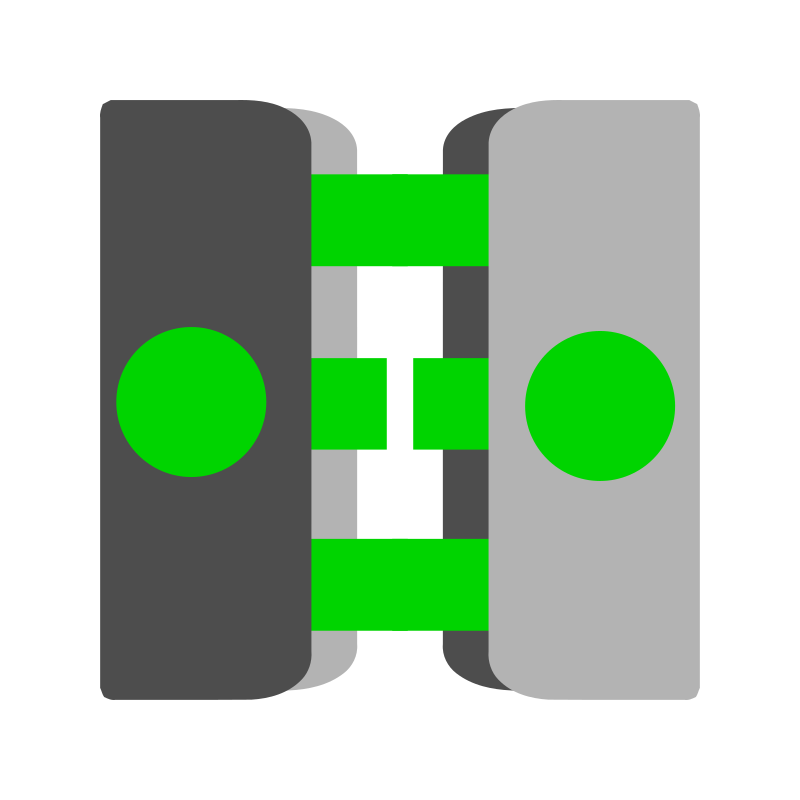Structure of Atom
Understanding the fundamental building blocks of matter - atoms, their components, and how they are arranged.
The concept of atoms has evolved through centuries of scientific investigation. From ancient Greek philosophers to modern quantum mechanics, our understanding of atomic structure has undergone remarkable transformations.
Historical Development
- 460 BC - Democritus: First proposed the concept of indivisible particles called 'atoms'
- 1803 - John Dalton: Atomic Theory - atoms are indivisible and indestructible particles
- 1897 - J.J. Thomson: Discovery of electron - proposed 'plum pudding' model
- 1911 - Ernest Rutherford: Nuclear model - discovered nucleus through gold foil experiment
- 1913 - Niels Bohr: Planetary model with electrons in fixed orbits
Atoms are composed of three fundamental particles: protons, neutrons, and electrons. Each particle has distinct properties and plays a crucial role in atomic structure.
Properties of Subatomic Particles
| Particle | Symbol | Charge | Mass (amu) | Location |
|---|---|---|---|---|
| Proton | p⁺ | +1 | 1.007 | Nucleus |
| Neutron | n⁰ | 0 | 1.009 | Nucleus |
| Electron | e⁻ | -1 | 0.0005 | Electron shells/orbitals |
Key Terms
- Atomic Number (Z): The number of protons in an atom's nucleus. It defines the element.
- Mass Number (A): The total number of protons and neutrons in an atom's nucleus.
- Isotopes: Atoms of the same element with different numbers of neutrons.
Several models have been proposed to explain atomic structure, each building upon previous discoveries and addressing limitations of earlier models.
Evolution of Atomic Models
Thomson's Plum Pudding Model (1897)
Description: Atom as a sphere of positive charge with electrons embedded like plums in pudding
Limitations: Could not explain alpha particle scattering results
Rutherford's Nuclear Model (1911)
Description: Dense, positively charged nucleus at center with electrons orbiting around it
Limitations: Could not explain stability of atoms and spectral lines
Bohr's Atomic Model (1913)
Description: Electrons move in fixed circular orbits with quantized energy levels
Limitations: Limited to hydrogen atom, violated uncertainty principle
Quantum Mechanical Model (1926)
Description: Electrons exist in probability clouds called orbitals with wave-particle duality
Advantages: Successfully explains all atomic properties and chemical bonding
The arrangement of electrons in various energy levels and sublevels around the nucleus is called electronic configuration.
Quantum Numbers
- Principal quantum number (n): Energy level or shell (1, 2, 3, 4...)
- Azimuthal quantum number (l): Sublevel or subshell (s, p, d, f)
- Magnetic quantum number (ml): Orbital orientation
- Spin quantum number (ms): Electron spin (+1/2 or -1/2)
Electron Filling Rules
- Aufbau Principle: Electrons fill orbitals starting from the lowest energy level
- Pauli Exclusion Principle: No two electrons can have the same set of four quantum numbers
- Hund's Rule: Electrons occupy orbitals singly before pairing up
The arrangement of electrons in atoms leads to periodic trends in atomic properties across the periodic table.
Atomic Properties Trends
| Property | Across Period | Down Group | Reason |
|---|---|---|---|
| Atomic Size | Decreases from left to right | Increases from top to bottom | Nuclear charge increases across period; additional shells down group |
| Ionization Energy | Increases from left to right | Decreases from top to bottom | Stronger nuclear attraction; electrons farther from nucleus |
| Electronegativity | Increases from left to right | Decreases from top to bottom | Greater nuclear charge; increased atomic size |
Example: Writing Electronic Configuration
Problem: Carbon (Z = 6): Write the electronic configuration
Solution:
- Carbon has 6 electrons
- Fill orbitals in order: 1s, 2s, 2p
- 1s² 2s² 2p² (or [He] 2s² 2p²)
- Carbon has 2 unpaired electrons in 2p orbitals
Example: Isotope Calculation
Problem: Chlorine has two isotopes: Cl-35 (75%) and Cl-37 (25%). Calculate average atomic mass.
Solution:
- Average atomic mass = (35 × 0.75) + (37 × 0.25)
- = 26.25 + 9.25
- = 35.5 amu
